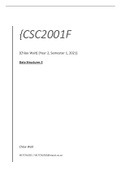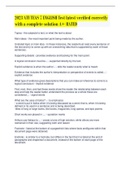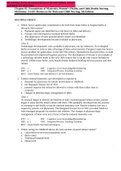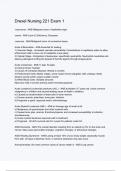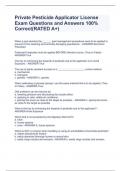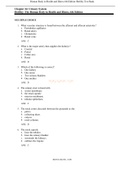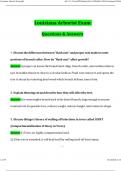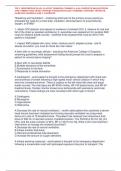Samenvatting
Summary Data Structures 2: B-trees through to dijkstra and topological sorting in CSC2001F
- Vak
- Instelling
These notes cover all the following concepts, with diagrams, explanations and examples: Disk structure and data, indexing, B-trees, B+ trees, priority queues, binary heaps, heapify, graphs: Adjacency matrix, breadth first search, dijkstra, negative weight graphs and directed acyclic graphs, bellman...
[Meer zien]
